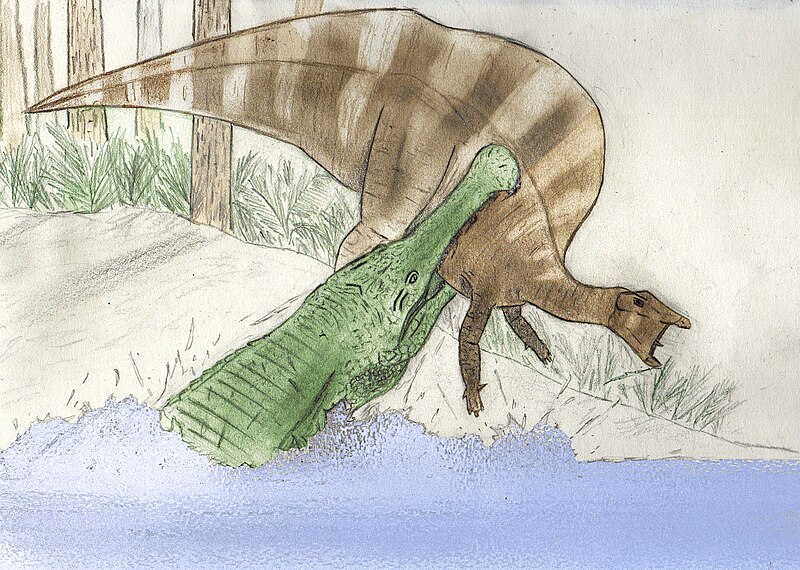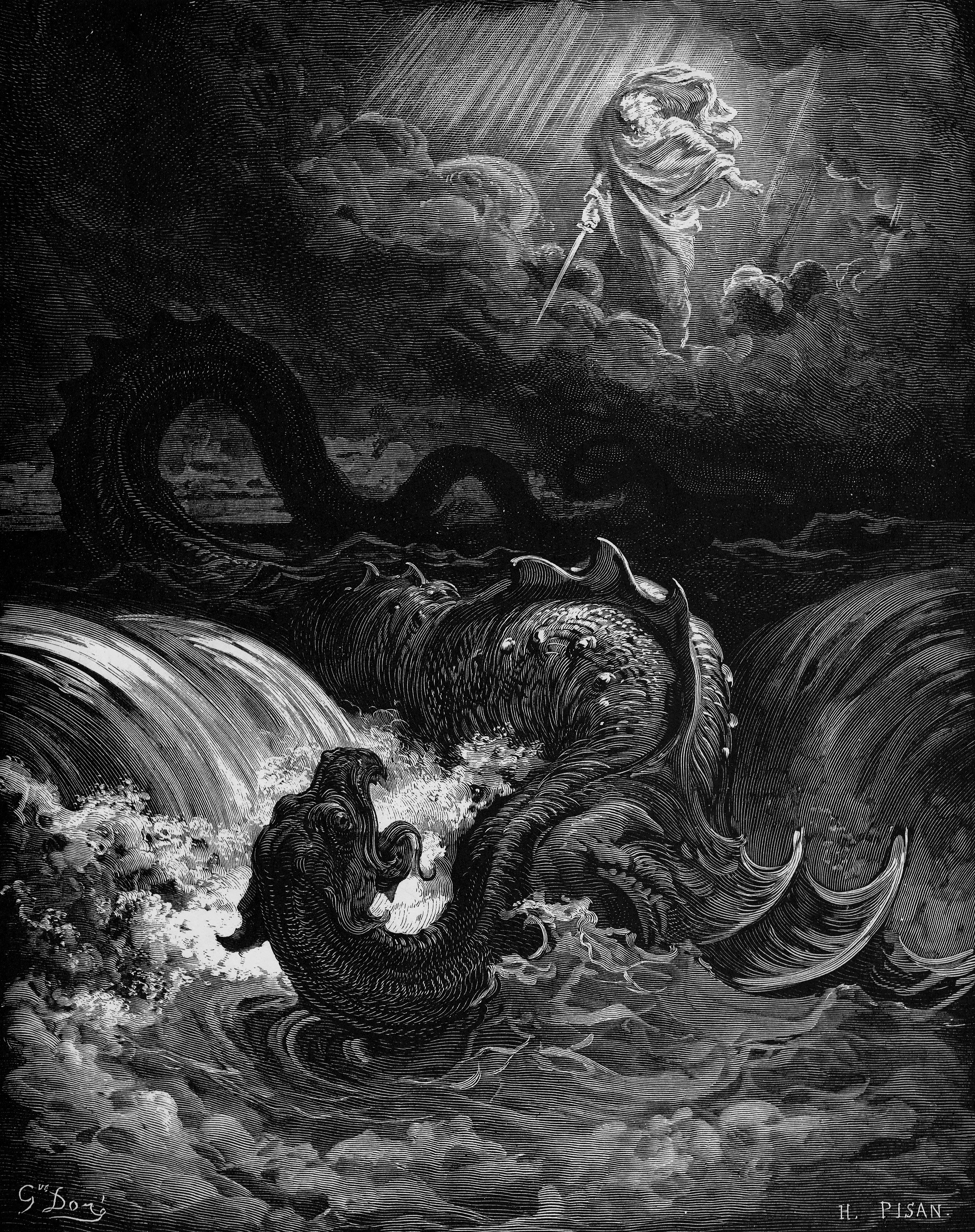It is:
It is: 1 day till Harvest Day
It is: 26 days till The Good Dinosaur's theatrical release
It is: 27 days till Thanksgiving
It is: 56 days till Christmas
In the Spotlight:
I don't have anything to share today, unfortunately.
Topic of the Week by Christian Ryan
Dolphins, whales, sharks, sea lions and gulls – that's what
normally comes to mind when you think about the ocean. The ocean covers over
70% of our planet, yet we know more about the surface of the moon! As we all
know, the ocean is quite deep (duh, right?), but the ocean wasn't always like
this. The ocean originally was relatively shallow when God first created it
around 6,000 years ago (that's 4,000 BC). The ocean was formed on the third day
of the Creation week when God Himself made dry land appear and gathered it into
one place as the Bible says. Many creationists believe that the earth was one
continent when originally created, called Rodinia and it was surrounded by
shallow oceans. But it didn't stay shallow.
| The ocean is the largest body of water on earth! |
During Noah's Flood, 4,350 years ago (2,350 BC), the sea
floor cracked in many places due to the enormous amount of volcanic activity
and made the ocean deeper. When the ocean calmed down, the huge trenches were
left that extend downward to the bottom of the sea. In the dark depths of the
ocean, many of the unique and bizarre creatures God made on Day 5 of the Creation
week thrive to this day. God made them perfectly able to cope with living at
such great depths. The deepest part of the ocean is the bottom of Mariana
Trench. Located in the western Pacific Ocean, Mariana Trench is one of many
trenches, but as I mentioned before, it's the deepest at an astounding 36,000
feet deep! (Many wonder where the water from Noah's Flood ended up; the answer
is that it's still here – the ocean is deeper than before the Flood and
therefore holds more water). Yet, even at these depths, life not only survives
– it thrives! Some major problems that life faces at such great depths in
oceanic trenches (including Mariana Trench) include intense water pressure
(which increases by about one atmosphere every 30 feet), lack of light, and overwhelming
heat and/or chill. God made all deep-sea creatures with the adaptations to live
under these tough conditions. Let's look at just a few of the amazing creatures
God made that live in the depths of the sea!
| The Mariana Trench is the deepest point on the planet. It overshadows Mount Everest in height. |
Goblin Shark
| The goblin shark's range. |
Found at depths of 890-3,150 feet (sometimes as deep as 4,300
feet), the goblin shark is the shallowest-existing creature we're going to look
at today. At first glance, it doesn't look much like a shark at all! Goblin
sharks can grow about 10-13 or more feet in length. All sharks have a “sixth
sense” to help them locate prey called a Lorenzini, which detects the
electrical fields produced by other living things (including humans), but
goblin sharks have theirs in their elongated, blade-shaped snouts. A shark's
Lorenzini is also helpful in knowing what other living things might be in the
water. This is why a shark doesn't have to see or even smell its prey to know
it's around. The goblin shark's Lorenzini comes in handy when blue sharks are
around because they might prey on goblin sharks. The sense of sight in this
shark is quite poor, so it normally uses its Lorenzini and sense of smell
instead, not that it could see much anyway due to the darkness of the water it
lives in! Goblin sharks are ambush predators since they aren't fast enough to
chase down their prey. Its favorite prey consists of dragonfish and rattails,
but they've also been known to consume cephalopods, other crustaceans and
squid. God also gave this shark another cool feature – an extendable jaw! When
it approaches prey, its jaws quickly open-up wide and it sucks its prey in. Not
much is known about this shark due to the fact that it doesn't do well in
captivity and lives so far in the depths of the ocean. But if you think this
creature is weird, check out the next one!
| This is the head of a goblin shark (live goblin sharks don't look like this). |
Gulper Eel
| The gulper eel's large mouth is actually used to eat small prey. |
As the first part of its name suggests, this creature has a
BIG mouth; but unlike the last part of its name suggests, it's not an eel (go
figure!). I hope you're into surprises, because the gulper eel has many other
strange features that might surprise you. There are many different
species of gulper eels, but we're going to talk about one species, the Eurypharynx
pelecanoides. Like all the creatures on this list, it lives deep in the
ocean, at around 1,600-9,800 feet, they don't meet goblin sharks too often, or
humans for that matter. Most of what we know about this and many deep-sea
creatures is from observations made from creatures brought to the surface
accidentally by deep-sea fishing nets. Because light doesn't penetrate so well
at this depth, the fish doesn't need to see much, so its eyes located at the
end of its snout (not near the neck as with most creatures – surprise!). This
creature is also one of the largest ones I'm going to talk about – at three
feet in length, it's longer than many kids are tall (other species grew up to
six feet). Considering its humongous mouth (which is larger than its body, by
the way), what do you think it eats? Well, surprisingly, its diet consists
mainly of small crustaceans (surprise!). However, the gulper eel also
eats small squid, other small invertebrates and
some species even eat plankton. Despite its huge jaws, its teeth are
actually quite tiny. After catching its food, the hapless creatures are kept in
the fish's pelican-like pouch (hence its other name, the pelican eel).
Giant Tube Worm
| Giant tube worms can be found more than 5,000 feet down in the ocean! |
No, the tube worm is not a giant worm like the ones you might
use for fish-bait. Giant tube worms live in a unique ecosystem with a total
absence of light (until scientists started exploring the depths and used
flashlights to see). Just about every other form of life is dependent on
sunlight, but not where tube worms live! Though they're called worms, they
aren't actually worms. Instead, they're more plant-like than most animals and
grow eight feet long. Other animals living with tube worms are crabs and
shrimp. What sustains this ecosystem at the very bottom of the sea?
Instead of energy from the sun, life where tube worms grow comes from volcanic
hydrothermal vents. Colonies of tube worms, crabs and shrimp cluster around
these hot volcanic vents which make the water around them boil! Yes, tube worms
live in boiling water 24/7! No wonder scientists were shocked to find
life in these conditions. These vents are more than 5,000 feet below the ocean
surface and when water seeps through them, it's full of chemicals and minerals.
This type of environment is toxic to most forms of life. But God designed life
to thrive even here. Since tube worms are pretty stationary, God created them
with bacteria that live inside their bodies to provide them with food.
These are obviously not the same bacteria that make us get sick! Instead, they
turn the chemicals from the hydrothermal vents into organic material that the
tube worms “eat”. Relationships in nature like this are called symbiotic
relationships. Crabs and shrimps meanwhile get their food by nibbling on the
giant tube worm's red plumes. God really created life to thrive, even here in
the hot depths of the sea!
| This volcanic vent is found at the bottom of the sea. |
Viperfish
The feisty-looking viperfish is another deep-sea monster with
a terrifying appearance (don't think it has the name viperfish for
nothing!). These fish can be found 250-5,000 feet below sea level and gets its
name because it really is one of the most vicious predators in the sea's
depths. As with the other animals on our list, there different species of
viperfish, but the one we're mainly going to talk about today is called Chauliodus
sloani, unless I mention otherwise. This species can grow to be about a
foot long and unlike the gulper eel, it uses its big mouth for BIG prey! But
before it eats, it has to catch its food. In order to attract its prey, the
viperfish uses a light-producing organ located on its dorsal spine that can
flash on and off. Smaller prey is attracted to the light and comes within reach
of the deadly viperfish's jaws! The sharp teeth of the viperfish are used, as
expected, to catch and puncture prey which includes crustaceans and smaller
fish. In fact, this animal's teeth are so long, that they don't even fit inside
the mouth! Instead, they curve backward toward the creature's eye. These
deep-sea animals get creepier and creepier don't they? Just wait till you learn
about our last creature!
| The gnarly head of a viperfish. |
Anglerfish
| The anglerfish is a real tyrant of the deep to its prey! |
The terrifying-looking anglerfish made an appearance in the
2002 movie Finding Nemo. There are several different species of
anglerfish, and not all of them live in deep water. Many live in shallow water
and are sort of the “frog's of the sea” – they're colorful to camouflage the
colorful habitat they live in. The ones we're going to look at are obviously
deep-sea anglerfish, or black seadevil (Melanocetus johnsonii) which
lives 3,000-9,000 feet below the surface of the ocean. Don't let its small size
of seven inches (or three feet in other deep-sea anglerfish species) fool you –
angler fish are terrors to other creatures of the deep! Much like the
viperfish, anglerfish go after relatively large menu options, mostly other
fish. To catch their prey, God made these fish with a special appendage on
their heads that produces light through a chemical process called
bioluminescence. Many other fish also produce light on their bodies via
bioluminescence that is produced by bacteria that entered the fish's body
through an external duct (another example of a symbiotic relationship). It
waves it little light in the darkness of the deep until unsuspecting fish swim
up to investigate and SNAP! The fish's fate is sealed in the anglerfish's jaws.
The fish can't even try to escape because the anlgerfish's teeth are pointed
inward when the mouth is closed. If the anglerfish finds something to eat
that's bigger than its own body, it's still not a problem because it has an
expandable stomach and extendable jaws – that way it can eat things twice its
own size. Did you know that the anglerfish in Finding Nemo is a female?
As a matter of fact, probably all the anglerfish you've seen in pictures are
female! How do I know? Well, male anglerfish look extremely different
from the females – they're so different in fact, that at first, scientists
thought they were a totally different species! While female anglerfish have the
gnarly, fang-like teeth, huge jaws and the bioluminescent lure on their heads,
males (which are only an inch long) are plain in appearance – they have a no
bioluminescent light, no huge jaws, no long teeth and tiny fins. In fact, they
look a bit like a mutant tadpole before it grows legs! The differences between
male and female animals is called sexual dimorphism. The male anglerfish has
only one quest in life once it reaches adulthood: mate with a female. Because
of this fish's strange way of reproducing, you wouldn't find a bachelor
anglerfish male . . . alive anyway. When they mature, the male anglerfish's
digestive system deteriorates, so it can't eat. The only way for the male to
survive is by finding a mate. After locating the more menacing female
anglerfish, the male bites onto the female and enzymes from his body mushes the
skin of his mouth into the female's body and they become one flesh . . .
literally! Now he's practically a part of the female's body, getting
nourishment from his mate that happens to be much bigger than he is. This may
seem like a strange way to reproduce, but God the anglerfish wouldn't meet
another anglerfish very often, so by attaching to her body, the female has a
mate handy whenever she's ready to spawn. There can be six males attached to
the females body at one time; this is how the males spend the rest of their
lives – attached to their mate. Talk about a bizarre mating (or lack of mating)
ritual!
Each of the bizarre fish I mentioned above are just a few of
the many God created to live in the depths of the sea. God provided every one
of them with their own special way to feed, avoid predators and reproduce. They
don't only survive, they thrive in the dark depths of the sea.
Disclaimer: Unless otherwise indicated, the images you see above are not my own and are from Wikimedia Commons.
HAPPY HARVEST DAY!!!
Disclaimer: Unless otherwise indicated, the images you see above are not my own and are from Wikimedia Commons.

.jpg/600px-The_great_pumpkin_(6247771547).jpg)





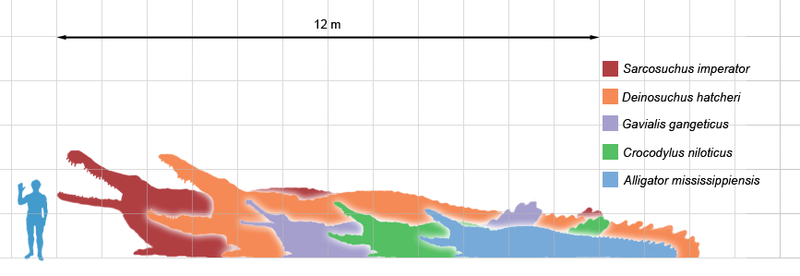
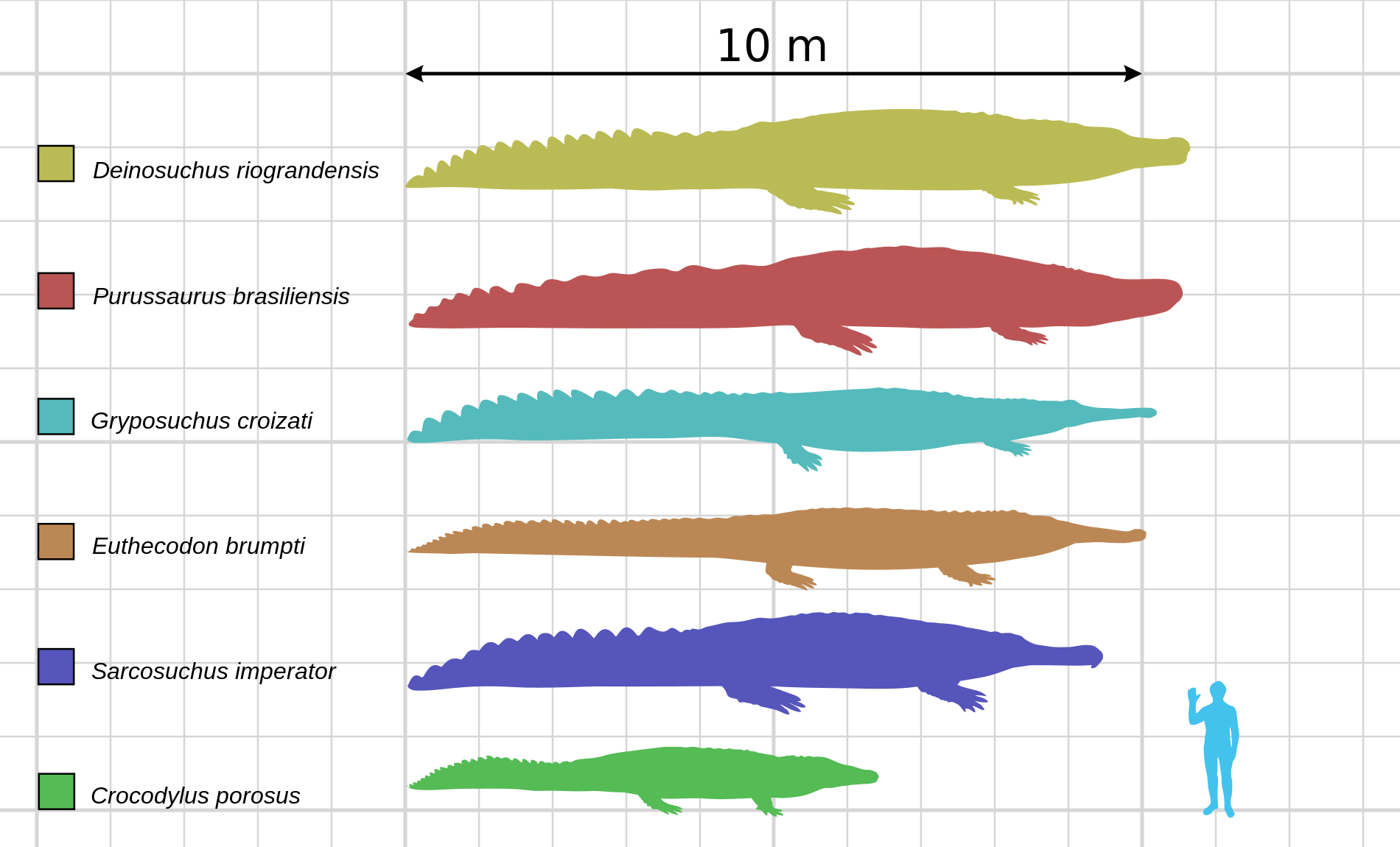
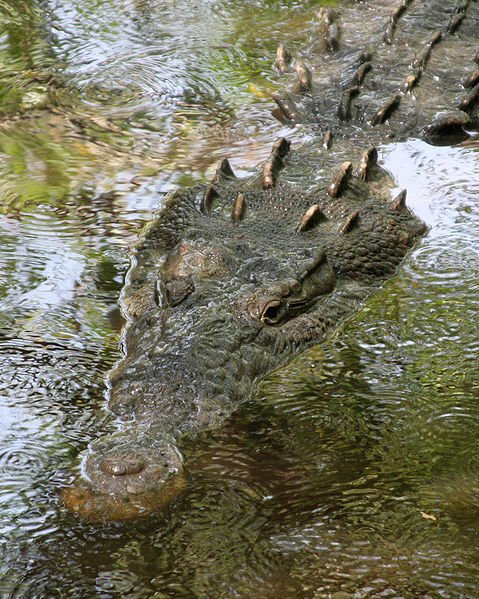
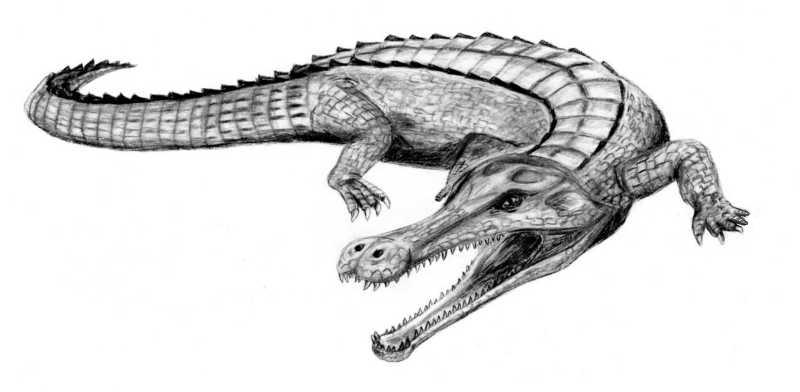
.jpg/1920px-Everglades55(js).jpg)
